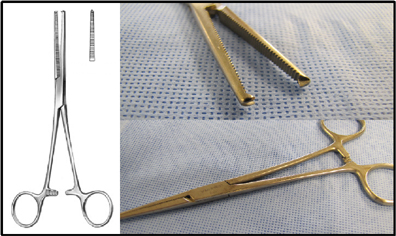

At that time, 16 th century AD, all that was “required” to be a surgeon was a sharp knife and steady hand. The rise of the Surgeon/Barber is a great example of the simplicity of surgical instruments and procedures.

Consequently, surgical instrumentation remained relatively simple. Surgical procedures were restricted to alleviating a handful of frequent conditions that were often byproducts of an underdeveloped understanding of hygiene. However, after impressive developments at such an early point in history, surgical innovation stalled for multiple millennia. Additionally, the Egyptians pioneered another procedure, called couching, to cure cataracts. Surgical innovation in historyĪs far back as 6500 B.C, the ancient Egyptians practiced the brutal art of trepanning, drilling holes into the skull to alleviate a number of complaints. Consequently, if Sterile Processing is to properly fulfill its role in patient safety, innovations in reprocessing must keep pace with the rate of development in surgery. This creates a significant challenge for the sterile processing professionals who are charged with cleaning, inspecting, and sterilizing complex medical devices. As surgical procedures become more complex, minimally invasive medical device complexity increases. Throughout the history of surgical innovation, surgery has always been dependent upon tools.
#Surgical tech instruments quiz professional
It is simultaneously one of the oldest professional medical practices and one of the most aggressive in innovation. Surgery occupies a distinct place in technological advancement. Review evolution of technology in surgery and SPD.Explain robotics as the next progression in surgical history.Author: Michael Matthews, MBA, CLSSGB, CRCST, CIS, CHL, VP of Analytics & Resource Development, Beyond Clean Objectives:


 0 kommentar(er)
0 kommentar(er)
